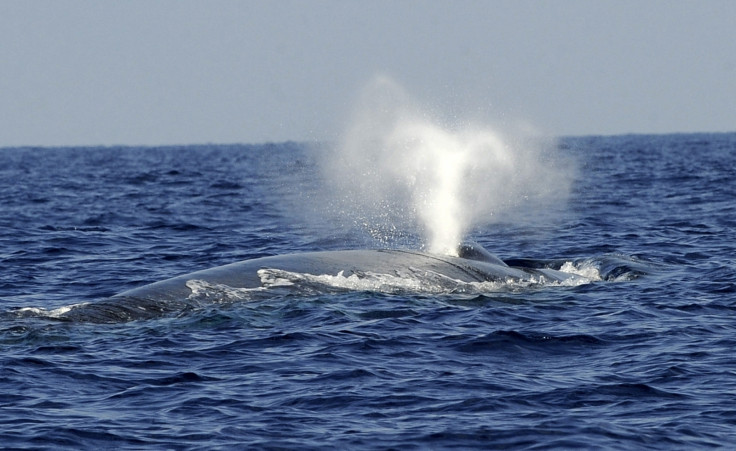Watch spectacular drone footage of a blue whale devouring the most nutritious patches of krill
Blue whales have been listed as endangered by the International Union for Conservation of Nature.
Blue Whales, the Earth's largest animal, can be choosy eaters. They take their time to track, hunt and then enjoy their food while trying to balance their giant body weighing nearly 200 tons on average.
A recently released drone footage filmed by scientists in the South Ocean off the coast of New Zealand, shows stunning footage of this mammoth mammal devouring a mass of krill for its meal. The footage shows how the mighty animal manoeuvres to feed on only the most nutritious patches of krill, shedding light on how they make these informed choices.
The footage has been captured by National Geographic Explorer Leigh Torres from Oregon State's Marine Mammal Institute, who with his team was studying feeding patterns of blue whales.
"Our footage shows this theory in action. We can see the whale making choices, which is really extraordinary because aerial observations of blue whales feeding on krill are rare," says Torres.
Krills are small two-inch, shrimp-like crustaceans that appear as a tinted blob just beneath the surface of the water. As the whale approaches the mass of krill patch it is shown bypassing certain thin patches to focus on the lucrative ones.
About this behaviour Torres further explains, "Modelling studies of blue whales lunge-feeding theorise that they will not put energy into feeding on low-reward prey patches."
The food selection and decision-making process of blue whales will help the marine scientists understand what adverse environmental conditions might make a krill patch unattractive to them. This can in turn help understand how it affects the health of these endangered animals and their population numbers.
Blue whales have been listed as endangered by the International Union for Conservation of Nature and are protected by the International Whaling Commission.

© Copyright IBTimes 2025. All rights reserved.





















